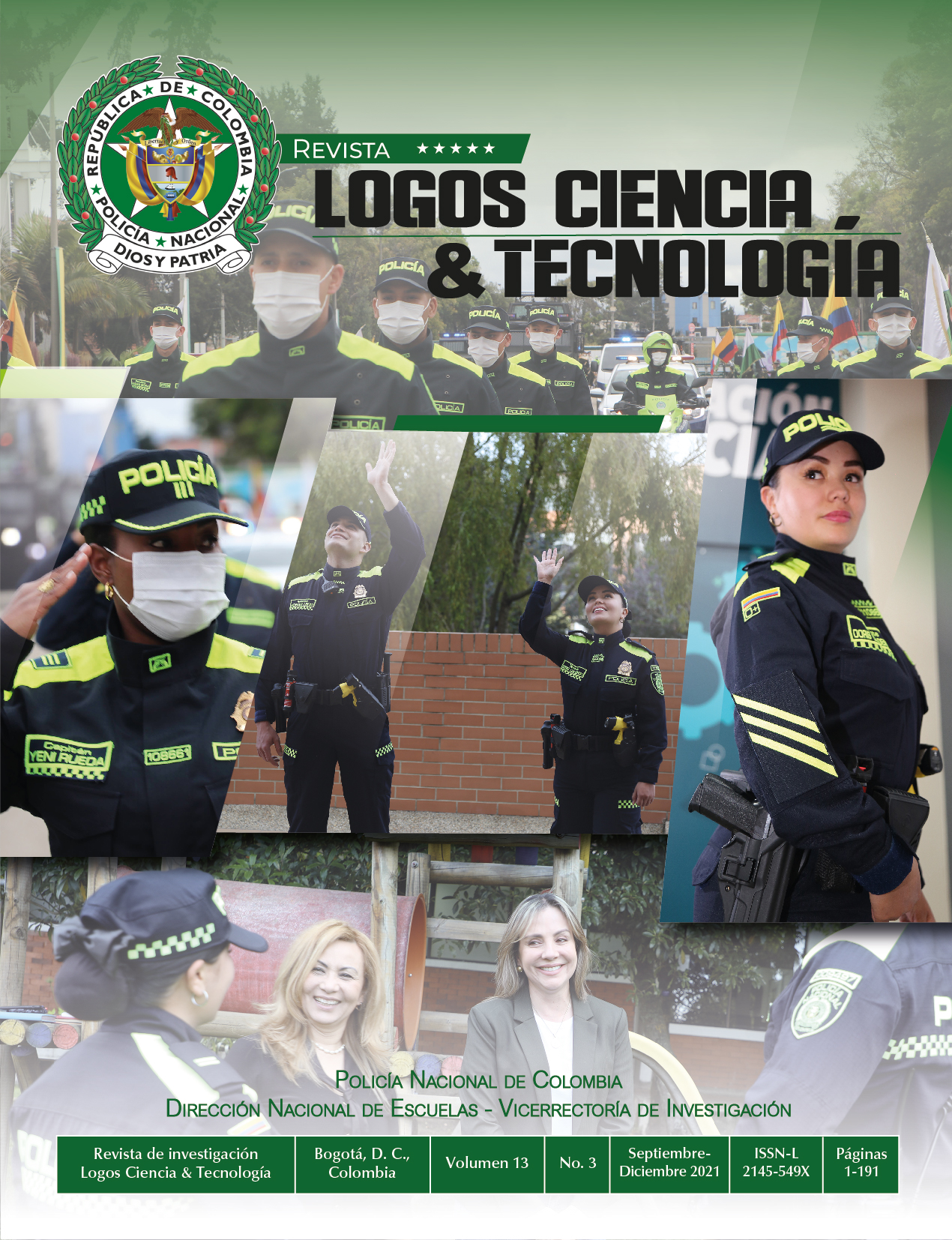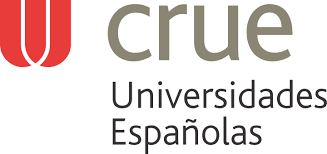Information Security Practices in Times of Pandemic. Case Universidad del Valle, Tuluá campus
DOI:
https://doi.org/10.22335/rlct.v13i3.1446Keywords:
Data privacy, security, internet security, Phishing, social engineeringAbstract
The pandemic generated by COVID-19 implied massive confinement strategies as an emergency public response within the framework of the police law to combat the level of contagion. Additionally, this situation implied changing the different forms of social interaction such as education, health care and employment. In a directly proportional way, crime took advantage of the situation to intensify electronic crimes such as phishing, fake news and, in general, activities such as malware injection. The purpose of the research was to identify information security practices in a university community by means of a survey, under a mixed research approach that considered, among other variables, the pandemic as a precursor of new digital hygiene habits. Among the most representative results, it is highlighted that both professors and students have an acceptable knowledge of information security, despite not receiving significant training by governmental entities such as the National Police. Finally, it is concluded that institutional efforts to combat this type of crime have not been sufficient and therefore there is a lack of awareness strategies to promote better digital hygiene.
Downloads
References
Adams, A., Sasse, M., & Lunt, P. (1997). Making Passwords Secure and Usable. En H. Thimbleby, B. O’Conaill & P. J. Thomas (eds.), People and Computers XII pp. 1-19. https://doi.org/10.1007/978-1-4471-3601-9_1
Castellanos Vega, C. J. (2019). Modalidades de cibercrimen en tiempos de pandemia Covid-19 en Bogotá (Colombia). http://hdl.handle.net/10654/37304
Castillejos, B., Torres, C., & Lagunes, A. (2016). La seguridad en las competencias digitales de los millennials. Apertura, 8(2), 54-69.
Deloitte. (2020). Consideraciones de ciberseguridad en medio de una pandemia global. https://www2.deloitte.com/co/es/pages/risk/articles/consideraciones-deciberseguridad-en-una-pandemia-global.html
Estrada-Esponda, R. D., Unás-Gómez, J. L., & Flórez-Rincón, O. E. (2019). Prácticas de seguridad de información del nivel ejecutivo de la Policía Nacional de Colombia: Escuela de Policía Simón Bolívar (Tuluá, Colombia). Revista Logos, Ciencia & Tecnología, 12(1), 121-131. https://doi.org/10.22335/rlct.v12i1.1050
Furnell, S., & Clarke, N. (2012). Power to the people? The evolving recognition of human aspects of security. Computers and Security, 31(8), 983-988. https://doi.org/10.1016/j.cose.2012.08.004
Harán, J. M. (2020). Zoom: problemas de seguridad y privacidad en la popular herramienta para videoconferencias. welivesecurity by ESET. https://www.welivesecurity.com/la-es/2020/03/30/zoom-problemas-seguridad-privacidad-popular-herramienta-videoconferencias/
Interpol. (2020). Ciberdelincuencia: Efectos de la COVID-19. Secretaría General de la Interpol. https://www.interpol.int/es/content/download/15526/file/COVID-19%20Cybercrime %20Analysis%20Report-Design_02_SP.pdf
Machuca-Rubio, J. B., & Cabrera-Duffaut, A. (2020). Percepción de la exposición en seguridad informática de los niños y adolescentes durante la pandemia COVID-19. Polo del Conocimiento, 5(1), 37-51.
Mieres, A. J. (2009). Buenas prácticas en seguridad informática. ESET. http://www.welivesecurity.com/wp-content/uploads/2014/01/buenas_practicas_seguridad_informatica.pdf
Monges Olmedo, M. R., & Jiménez Chaves, V. E. (2020). Seguridad de la información en plataformas de elearning en tiempos de pandemia COVID-19. Revista UNIDA Científica, 4(1), 1-27. http://revistacientifica.unida.edu.py/publicaciones/index.php/cientifica/article/view/9
Muzammal, S. M., Shah, M. A., Zhang, S. J., & Yang, H. J. (2016). Conceivable security risks and authentication techniques for smart devices: A comparative evaluation of security practices. International Journal of Automation and Computing, 13(4), 350-363. https://doi.org/10.1007/s11633-016-1011-5
Pattinson, M., Jerram, C., Parsons, K., McCormac, A., & Butavicius, M. (2012). Why do some people manage phishing e-mails better than others? Information Management & Computer Security, 20(1), 18-28. https://doi.org/10.1108/09685221211219173
PwC. (2020). Seguridad de la información en tiempos de COVID-19. pwc.com/co. https://www.pwc.com/co/es/pwc-times/Seguridad-informacion-tiempos-COVID-19.html
Rhee, H. S., Kim, C., & Ryu, Y. U. (2009). Self-efficacy in information security: Its influence on end users’ information security practice behavior. Computers and Security, 28(8), 816-826. https://doi.org/10.1016/j.cose.2009.05.008
Roque Hernández, R. V., & Juárez Ibarra, C. M. (2018). Concientización y capacitación para incrementar la seguridad informática en estudiantes universitarios.PAAKAT: Revista de Tecnología y Sociedad, 8(14), 00005. https://doi.org/10.32870/pk.a8n14.318
UNISYS. (2019). Índice de Seguridad de UnisysTM en Colombia. https://www.unisys.com/unisys-securityindex-2019/colombia
UNISYS. (2020). 2020 Unisys Security IndexTM. https://www.unisys.com/unisys-security-index
Downloads
Published
Issue
Section
License
Copyright (c) 2021 Revista Logos Ciencia & Tecnología

This work is licensed under a Creative Commons Attribution 4.0 International License.
This journal provides free and immediate access to its content (https://creativecommons.org/licenses/by/4.0/legalcode#languages), under the principle that making research available to the public free of charge supports greater global knowledge exchange. This means that the authors transfer the Copyrights to the journal, so that the material can be copied and distributed by any means, as long as the authors’ recognition is maintained, and the articles are not commercially used or modified in any way.
































